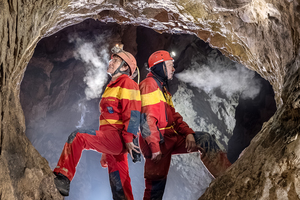Helping Students Succeed in Photography

Photography workshops in schools offer a fantastic opportunity for teachers and students to capture meaningful moments of learning, creativity, and collaboration. Whether for project purposes or personal memories, good photography enhances the storytelling of an event and experience. In Poland, School with Class Foundation collaborated with a well-known photographer Agnieszka Pajączkowska in supporting students and their teachers in photography. Here’s a sample of tips which they can apply in their activities:
Preparation: Setting the Stage for Success
Before the workshop, ensure that:
Equipment is ready – Charge smartphone cameras or digital cameras, turn off the flash, and set the highest resolution for quality photos.
Consent is obtained – Participants, especially children, should be informed about photography. Ensure parental consent forms are signed.
The space is explored – Observe the lighting and best angles. Avoid harsh backlighting and consider neutral backgrounds for clearer images.
During the Workshop: Capturing the Story
Effective photos should highlight emotions, engagement rather than just posed group shots. Some key techniques include:
Focus on emotions – Capture genuine moments of curiosity, excitement, and collaboration rather than stiff poses.
Candid over staged – Natural shots of people interacting with their work, play and each other tell a more compelling story.
Vary angles and perspectives – Take wide shots of the entire space, close-ups of hands at work, and bird’s-eye views for dynamic compositions.
Minimize distractions – Pay attention to the background and frame the shot carefully to highlight the subject.
Use storytelling series – A sequence of images showing different stages of an activity creates a visual narrative.
After the Workshop: Organizing and Sharing
Select the best photos – Instead of keeping hundreds of images, choose 20-30 that best represent the event.
Edit minimally – Use brightness, contrast, and sharpness adjustments, but avoid excessive filters.
Add captions – Short descriptions can provide context and make the images more meaningful.
Share responsibly – Upload selected photos to a school website, project blog, or private online drive for others to access.
By following these tips, teachers and students can create engaging, high-quality visual documentation of their educational experiences. The key is to be mindful, observant, and creative while letting the story unfold naturally through the lens.
Photo: Oskar Wangart, "Progress?"